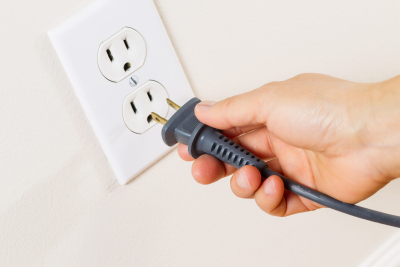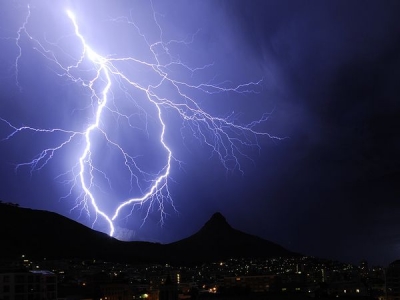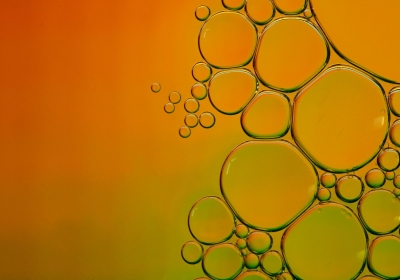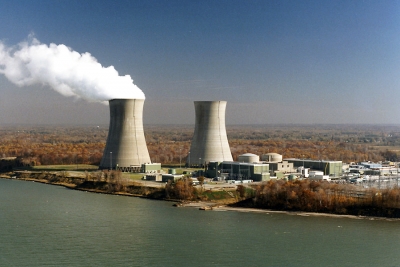what's phantom electricity?

Do you always switch off appliances when not in use? Now, do you remove these from their sockets? Did you know that even when you have switched off the appliance, some of the appliances can consume power in standby mode? The phantom electricity or vampire electricity is just that. It is the electricity that some gadgets consume when they are in standby power mode or switched off.
Note that those devices that do not have clocks and dashboards do not consume vampire energy. An example of a device that consumes vampire electricity includes water coolers.
Nowadays the water cooler is always running and will require a large amount of energy. Other examples include vending machines, coffee makers, laptop chargers, microwaves, security cameras, televisions, surround sound systems, gaming consoles, washing machines, dishwashers, photocopiers, cordless landline phones, battery chargers, mobile phones, and so on. These devices consume energy 24/7 when they are plugged into outlets. While we may have to keep some devices left on or on standby such as the fridge, most appliances need not be.
According to experts, vampire energy consumption can be around 40% of a building's energy use. Some studies have found that more than 100 billion kilowatt-hours get wasted due to phantom electricity every year. Further, it can also produce some 80 million tonnes of carbon dioxide. Residential waste and industrial vampire energy consumption are significant contributors to these emissions. The problem is with always-on devices. So the combined effect of the phantom electricity is much higher. Further, the percentage of phantom power use has burgeoned in recent years, more so because we have more appliances in our homes and industrial spaces. So all the devices combined, the loss of power through phantom load can be a significant amount. This means higher utility bills and more carbon pollution. Identify the devices that are invisibly draining the electricity in your home and cut down on phantom power usage.
Now what can you do if you aren't sure if the appliance consumes standby power? Well, you can prevent this wastage of energy by just unplugging the device!
Picture Credit : Google













 ELECTRICITY
ELECTRICITY